Geo-Neutral ‘Earth Cup’ Goes from Drink to Dust
GaeaStar uses 3D printing to manufacture terracotta cups and bowls made of clay, water, and salt that disintegrate into dust, leaving behind no harmful waste.
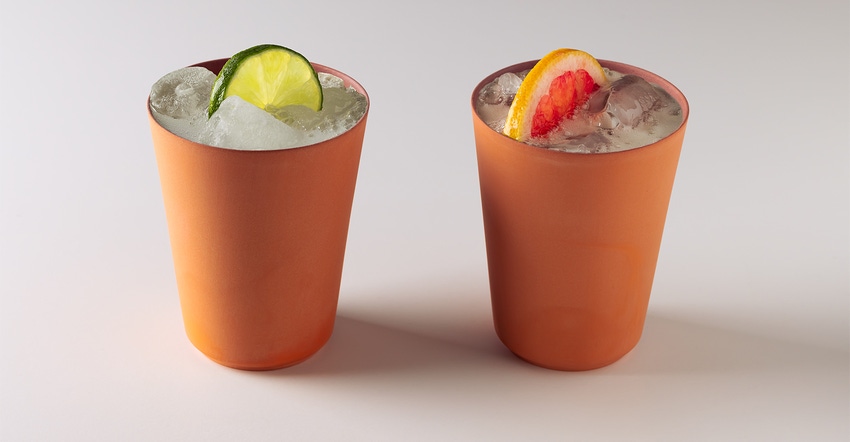
An innovative maker of super-sustainable packaging that brings an ancient material into the 21st century is looking to expand stateside.
The inventive packaging is from GaeaStar, a Berlin, Germany, and San Francisco-based technology company that creates “drink to dust” terracotta cups that may be the ultimate real-world example of packaging circularity.
They are made using three simple ingredients: clay, water, and salt.
It’s called the Earth Cup, naturally. And there’s a bowl, too, along with other packaging options.
The products make a premium-level favorable impression, yet are economical.
GaeaStar founder Sanjeev Mankotia likes to point out that the all-natural ingredients are “dirt cheap.” They are competitively priced with paper or plastic packaging, he says.
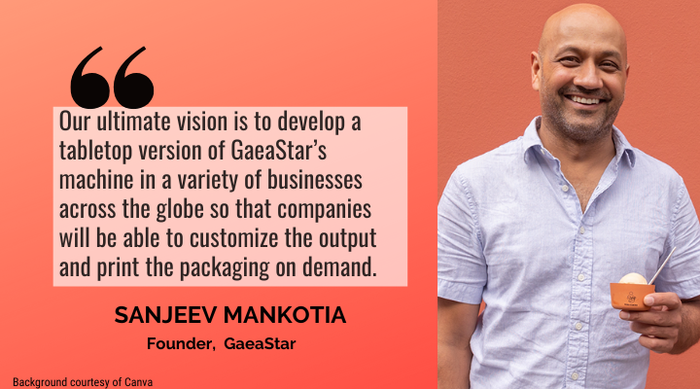
The packaging, which is manufactured using additive manufacturing aka 3D printing technology, is considered “geo-neutral”. It refers to natural materials that leave behind zero harmful waste.
The idea originated while Mankotia enjoyed a cup of tea with a cousin in their native India.
“After drinking from a handmade terracotta cup purchased from the vendor, she smashed it on the ground,” he recalls. “She said that it was not littering because these cups were made of dirt and go right back to the earth.”
Popularly known in India as “kuhlars,” the terracotta cups’ roots extend back some 5,000 years.
Mankotia gave that concept a 21st-century manufacturing twist.
“We’re looking forward to scaling our technology, and providing sustainable, low-cost, high-end products that drastically reduce waste and pollution,” he says.
Cups or bowls are printed in less than 30 seconds, which is much faster than a typical average 3D printer. The containers are then briefly sintered — a combination of heat and pressure that gives them the structural strength akin to earthenware.
However, Mankotia plans to go much faster. “Our long-term plans are to continue to scale and enhance our additive manufacturing technology to produce the products in under 10 seconds.”
They are surprisingly durable; GaeaStar’s eggshell-thin clay containers are said to be 10x stronger than paper cups.
They can be used with any food product or any hot or cold drink. Terracotta provides natural insulation properties and elevates the on-the-go dining experience versus typical foodservice packaging.
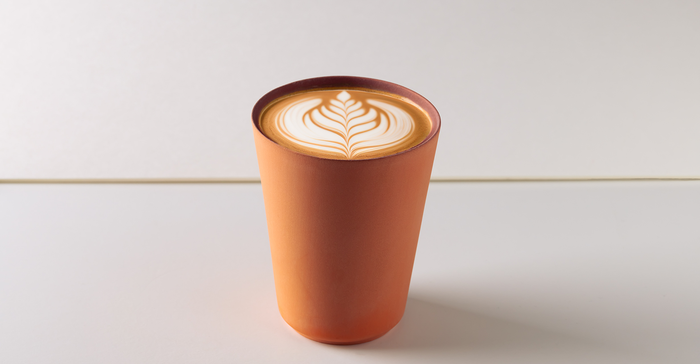
Application options include branded on-the-go cups for a coffee shop or juice bar, welcome drinks in a hotel lobby, or trendy ice cream containers such as used by Berlin ice cream vendors “Rosa Canina” or “Eisweiler.”
Mankotia is passionate about making packaging more sustainable. He points out that “more than 90% of US plastic waste is never recycled, and that most products marketed as ‘compostable’ or ‘biodegradable’ require special and expensive processing that’s not generally available. Our disposable solution removes the need to recycle entirely.”
Cups can be smashed by staff and collected or, as in the tea example, potentially smashed by customers.
Alternately, the cup or bowl can be hand washed and reused until the customer is ready to dispose of it.
“We’ve seen customers use our small bowls to store nuts or olives in their kitchen or use as a pot for a small plant,” Mankotia says.
Unique Earth Cups and bowls provide optimized materials and distribution supply chain opportunities.
There’s additional sustainability with the supply chain from raw materials sourcing through delivery of the packaging, which is manufactured locally using a micro-factory model. This scheme limits the packaging’s environmental footprint throughout the lifecycle.
“The result of our decentralized, on-demand manufacturing model is that our manufacturing site in Germany serves customers in that country,” he explains. “By simplifying the logistics, eliminating long shipping distances, and using readily available raw materials, we’ve reduced economic and environmental costs.”
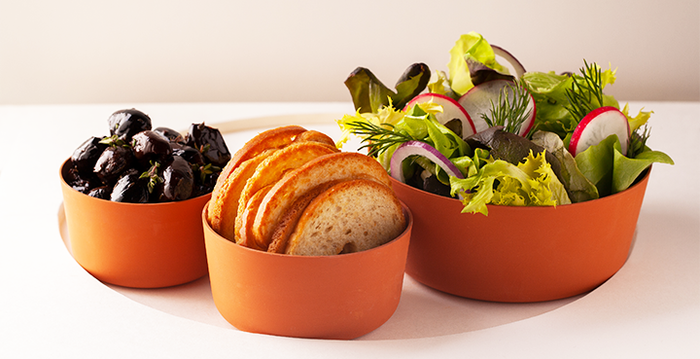
He has big plans to downsize the footprint of the manufacturing system.
“We’re a technology company at our core, so our ultimate vision is to develop a tabletop version of GaeaStar’s machine in a variety of businesses across the globe so that companies will be able to customize the output and print on demand,” he says.
After generating orders exceeding million units in Germany, GaeaStar raised $6.5 million in seed funding from Morningside Technology Ventures, At Inc. Ventures, Dart Labs Ventures, Sand Hill Angels, VSC Ventures, and Climate Capital Ventures to bring its products to the US starting on the West Coast by opening its first US micro-manufacturing center in the San Francisco Bay area.
The company is working on a pilot with California-based Verve Coffee Roasters, which will use GaeaStar cups to replace single-use plastic to-go cups.
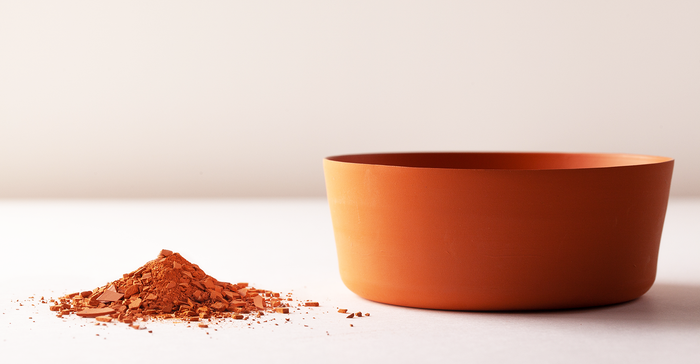
In the past the cups have been printed in two sizes: small (225 mL/7.6 ounce) and medium (340mL/11.5 ounce).
Sizes for the printed bowl are small (75mL/2.5 ounce), medium (150 mL/5.1 ounce), and large 300mL/10.1 ounce).
The packaging is adaptable to regional preference and customer preferences.
“We can offer custom cups, bowls, plates, and more depending on a customer’s need,” Mankotia adds, "including other container sizes and special features. For example, we can customize smaller containers specifically for espresso shots and add a logo for personalized branding.”
It looks like the sky’s the limit for his earthy packaging.
About the Author(s)
You May Also Like




